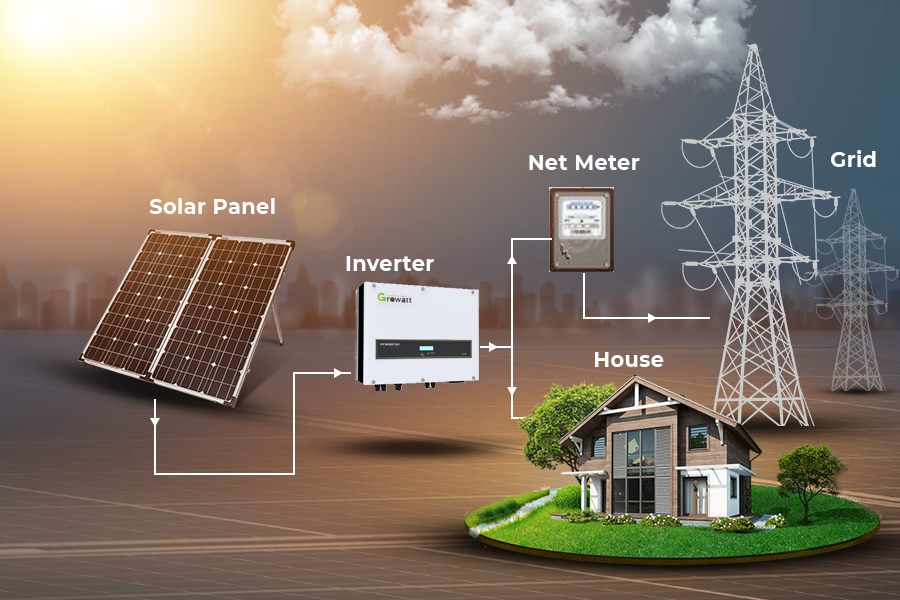
On-Grid Solar System in Pakistan
On-Grid Solar System: Clean and Sustainable Energy Solutions in Pakistan
Introduction:
As global energy demand rises, finding sustainable and renewable energy sources is becoming increasingly crucial. On-grid solar systems, which provide a clean, sustainable, and cost-effective source of power, have emerged as a preferred solution to this problem. On-grid solar systems have the potential to revolutionize the energy landscape and offer a sustainable supply of power to families and businesses in Pakistan, where energy shortages and a lack of access to reliable electricity are ongoing concerns. In this post, we’ll look at what on-grid solar systems are, how they function. We will also look at the costs of these Solar Systems in Pakistan, as well as the policies that are encouraging their implementation

Best Solar Company in Pakistan for On-Grid Solar System
AristaSolar.com is the Best Solar Company in Pakistan for On-Grid solar system.
What Is On-Grid Solar System?
On-grid solar systems, also known as grid-tied or grid-connected systems, are solar power systems that are linked to the electrical grid. This system works by transforming the sun’s energy into electricity using photovoltaic (PV) panels put on the roof or ground. The electricity generated by the PV panels is then sent to the inverter, which transforms the direct current (DC) power into alternating current (AC) power, which may subsequently be utilized to power homes, businesses, and other electrical equipment.
Solar Panel converts the solar energy into electrical energy. That Electrical Energy is DC in nature which has to be converted into AC to supply the load. The extra energy after usage is sold to the Distribution Company (DISCO) This is by far most convenient solar system, saves you batteries costs as on grid system doesn’t require it.
How On-Grid Solar System Works
PV Panels create power, which is subsequently transferred to the inverter in an on-grid solar system. The inverter transforms direct current (DC) electricity into alternating current (AC), which is subsequently used to power houses and other electrical equipment. Any extra power generated by the system is sent back into the grid.
The quantity of power generated by the PV panels is determined by the amount of sunshine received. As a result, on-grid systems often include a backup link to the electrical grid to assure a consistent source of power during times of low sunlight or high demand.
On-Grid Systems In Pakistan
Pakistan has significant solar energy potential, with an estimated 2.9 million megawatts of solar power available. Despite this potential, however, the country has struggled to meet its energy demands, and many people still lack access to reliable electricity.
On-grid solar systems offer a solution to this problem by providing a clean and sustainable source of energy that can help to reduce dependence on non-renewable sources of energy. These systems are becoming increasingly popular in Pakistan, particularly in rural areas where access to electricity is limited.
The government of Pakistan has also recognized the potential of on-grid solar systems and has implemented several policies to encourage their adoption. For example, the Alternative Energy Development Board (AEDB) has introduced net metering regulations that allow households and businesses to sell excess electricity back to the grid.
On-Grid Solar System Price In Pakistan
The On-Grid Solar System Price in Pakistan is determined by numerous factors, including system size, PV panel type, and installation expenses. On-grid systems have gotten more inexpensive as solar technology has been more widely available and production costs have reduced.
According to industry experts, the cost of an on-grid solar system for a Pakistani family might range from PKR 200,000 to PKR 500,000 (about USD 1,200 to USD 3,000), depending on the size of the system and other considerations. This expense, however, can be compensated by the savings that homeowners can realize over time on their power bills, as well as the potential cash produced by selling extra electricity back to the grid.
